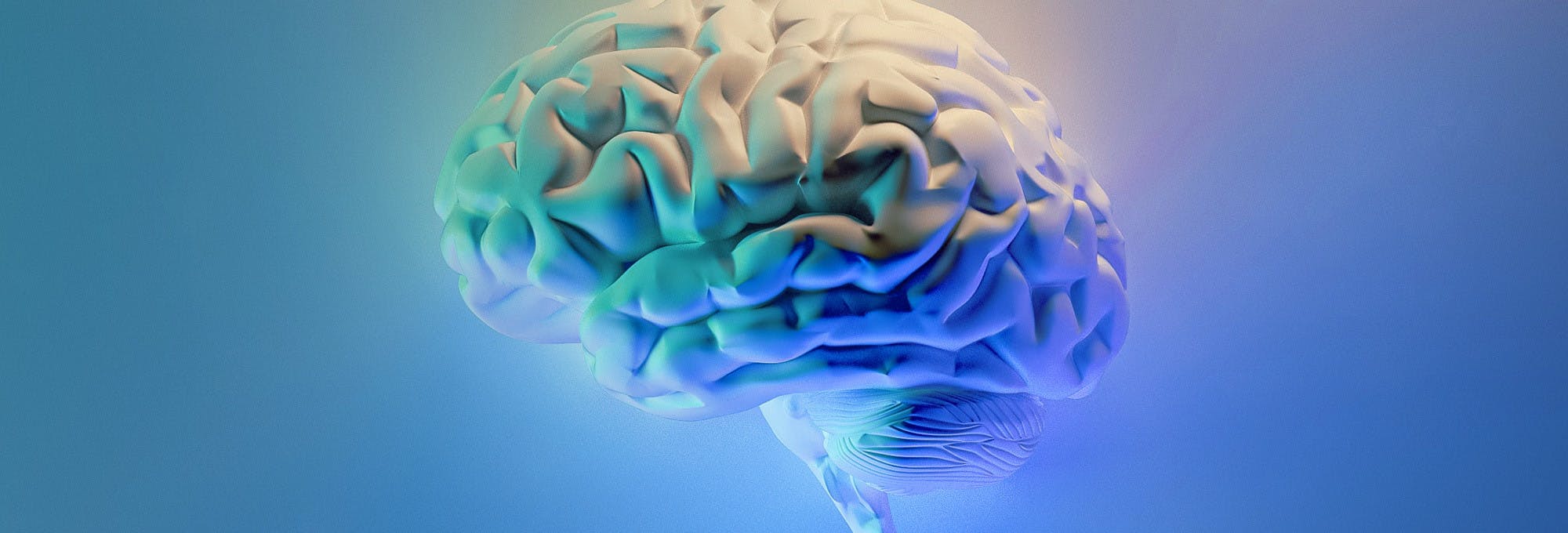What Is Metacognition?
How Does Metacognition Work?
More Examples of Metacognition
Metacognition Study Strategies
What Is Metacognition?
According to at least a few of history’s greatest thinkers, the ability to reflect on what we’re thinking is what makes us human. We won’t be tackling any questions quite that large here, but metacognition, the process of thinking about thinking, has a number of practical applications too. Cultivating an introspective awareness of how you think, on both large and small scales, can lead to markedly more efficient learning. Students who understand their own thinking are better positioned to overcome educational hurdles, or to continue to excel academically, because they’re working from a solid foundation. This allows them to most effectively strategize how to take on a learning task, problem-solve any hiccups, reflect on the end result, and ultimately repeat the cycle all over again. While the intensive self-examination it requires calls for some practice, once mastered, it provides a powerful tool for any kind of learning. (You can also read about Piaget's theory of cognitive development to dive more into cognition).
How Does Metacognition Work?
The first step of metacognition is understanding your own cognition. Put simply, it means applying self-reflective awareness to look inward and explore key questions. What do you know, and what don’t you know? What learning strategies work best for you, and which don’t? What are your strengths and weaknesses?
Notice how the word “what” keeps appearing? That’s no accident. Understanding your own cognition is all about assessing the “whats” of how you think. You can think of it like a manager doing an inventory of the store to grasp what it has in stock, except you’re inventorying yourself and your brain.
We call the second step of metacognition regulation of cognition. Here we’ve moved past “whats” on to “hows.” How will you leverage this newfound knowledge of your thinking and apply it to learning tasks?
A Metacognition Roadmap
Regulation is best understood by breaking it down into four categories which create a roadmap for moving forward with learning using metacognition: plan, monitor, evaluate, and repeat.
Plan: Once you’re presented with a problem, assess how your existing knowledge can be brought to it. In effect, you’re doing something like reverse engineering. Let’s say you want to learn a new language, so you try to plan how to get there. What abilities do you already have that could help, and what are the weak spots you’ll need to boost? Once you’ve answered these questions, you’ll then create a learning strategy plan for yourself to most effectively leverage this knowledge to work toward your goal.
Monitor: Metacognition works best when you’re frequently checking in with yourself and tracking your thinking as you work your way through a task. This means stopping occasionally along the way to reflect and ask yourself questions to continue to better understand your own thinking. Some questions you might ask would include: Do I understand what I’m learning? Is my plan working? Am I on track or not? If your answer to any of these questions is “no,” take a beat to reassess and adjust your plan.
Evaluate: Some amount of evaluating inevitably occurs while you’re monitoring, but it becomes especially important once you’re finished with a task. This is the critical time to analyze what the result of your planning and thinking was. What did you learn? Were there things you still didn’t understand by the time you finished? What could you do differently next time? Sticking with our example of wanting to learn a new language, if you’ve studied for six months and you feel comfortable reading it, but don’t feel as though you’re making similar progress on speaking it, take this time to reflect on how you’re learning and think about whether there are patterns in your thought that might be helping in certain places and holding you back in others. Do you focus better when you’re reading compared to when you’re listening to an instructor give verbal examples? Do you find you remember words and their definitions better if you hear them or if you read them? Being able to answer questions like these will help you better understand why you didn’t quite meet your goal, and direct you toward paths for improvement.
More Examples of Metacognition
Here are four more real-life metacognition examples to better illustrate how it works in action.
A young student is struggling in geography class to memorize all the names of the U.S. states. Their teacher jumps in to help, prompting them to think about what they do know about U.S. geography, and the student realizes that they are really good at visualizing a map of the country. The teacher then encourages the student to learn the states visually by picturing the U.S., then naming states by moving north to south and west to east. The student gives it a try and notices a dramatic improvement.
An undergrad is starting a new tutorial and is a little nervous. It’s an academic setting certainly, but also a social one, and the student is having a hard time remembering names. They’re worried it’ll make a bad impression on their classmates. Thinking about how to tackle the challenge, the student thinks about what has worked best for them in the past when trying to memorize things. They recall forming associations has worked well. So, they make a plan in their next tutorial to try and associate each person’s name with a piece of clothing they wear. In the next tutorial, they see their plan through, monitoring along the way how well it’s working. Then, after class, they evaluate their success by seeing how many they can remember.
In a presentation-heavy course, a student is noticing that even though they prepare thoroughly, details from articles involved in the assignment get fuzzy mid-presentation. Thinking about which details exactly are getting murky, the student realizes it’s always ones from articles they read first while preparing for the task. The longer ago they read something, the harder it is to remember. The student then makes a plan to start re-reading those articles before the presentation. Sure enough, next time they present, key details aren’t so hard to remember anymore.
A student checks the answer for a calculus problem they’ve done and it isn’t correct. Unsure where they went astray, the student decides to retrace their mathematical steps. Once they identify the turning point–from on track to off track–they think about what they had been thinking at that point. Once they’ve identified it, they make a note of it, and integrate it into a plan for how to do math problems in the future. Learning from our own mistakes is among the most powerful ways the human mind absorbs information… so paying close attention to when this happens can etch that learning even deeper into our brains.
Metacognition Study Strategies
Emphasize the importance of learning versus getting the correct answer
Metacognition isn’t about fixing yourself so you’re always right and get great grades. It’s about improving how you learn. Or, to use an overused but useful cliché: it’s not about the destination, but the journey. After all, learning is a never-ending journey.
Reflect on coursework
Before tackling a task—whether it’s an essay, a presentation, or a lab study—first reflect on the assignment’s requirements. Get a lay of the land. What do you already know about the subject, and what do you already know what to do with it? Use that as your foundation and then proceed through our previously discussed steps: plan, monitor, evaluate and repeat.
Ask yourself questions
Did you notice that there are a lot of questions throughout this article? That’s no accident. Metacognition, like any form of introspection, requires regularly asking questions of yourself. The right questions are essential to fully understand your own thinking process and knowledge.
Think aloud
Sometimes effective learning requires creating a kind of distance. For example, some writers review their work by reading it aloud or changing the typeface to create a distance that allows their brains to process and “see” it differently. With metacognition, thinking aloud can have the same effect. All those questions you’re asking yourself? Try saying them out loud.
Create a step-based plan
A good strategy to maximize the “monitor” step of metacognition is writing out a plan as a checklist. It will provide a natural means to take breaks and check in with yourself along the way as you make your way through a task.
Visualize a plan
Does a checklist not work well for you? Some people prefer to adopt a more visual strategy by creating mindmaps. Those can be used to visualize your own thought process to better understand it. Or, you can create a mindmap to lay out a visual path for how to proceed for each step of the way on something you’re working on.
Read and write notes
Sometimes the best way to make sure new information is being fully absorbed isn’t just reading and moving along, but taking notes. Reading an article for class? Annotate it along the way with your own thoughts. Studying an image relevant to your coursework? Annotate it. This process will not only literally translate the thoughts in your head onto the page, making for easy assessment, but will also help further imprint what you’re learning.
Start a learning journal
If annotation allows you to process new information as you take it in, a learning journal can have a similar effect for the “monitor” and “evaluate” steps of metacognition. If you have the time, keep a notebook near you and write down monitoring or evaluation questions and answers. It will afford you some of the distance similar to thinking aloud, and it also creates real-time documentation of what your brain is doing throughout a task. This has the additional benefit of providing you with a word-based mindmap to look back on to see how exactly you learn from start to finish.
Explore Outlier's Award-Winning For-Credit Courses
Outlier (from the co-founder of MasterClass) has brought together some of the world's best instructors, game designers, and filmmakers to create the future of online college.
Check out these related courses:






